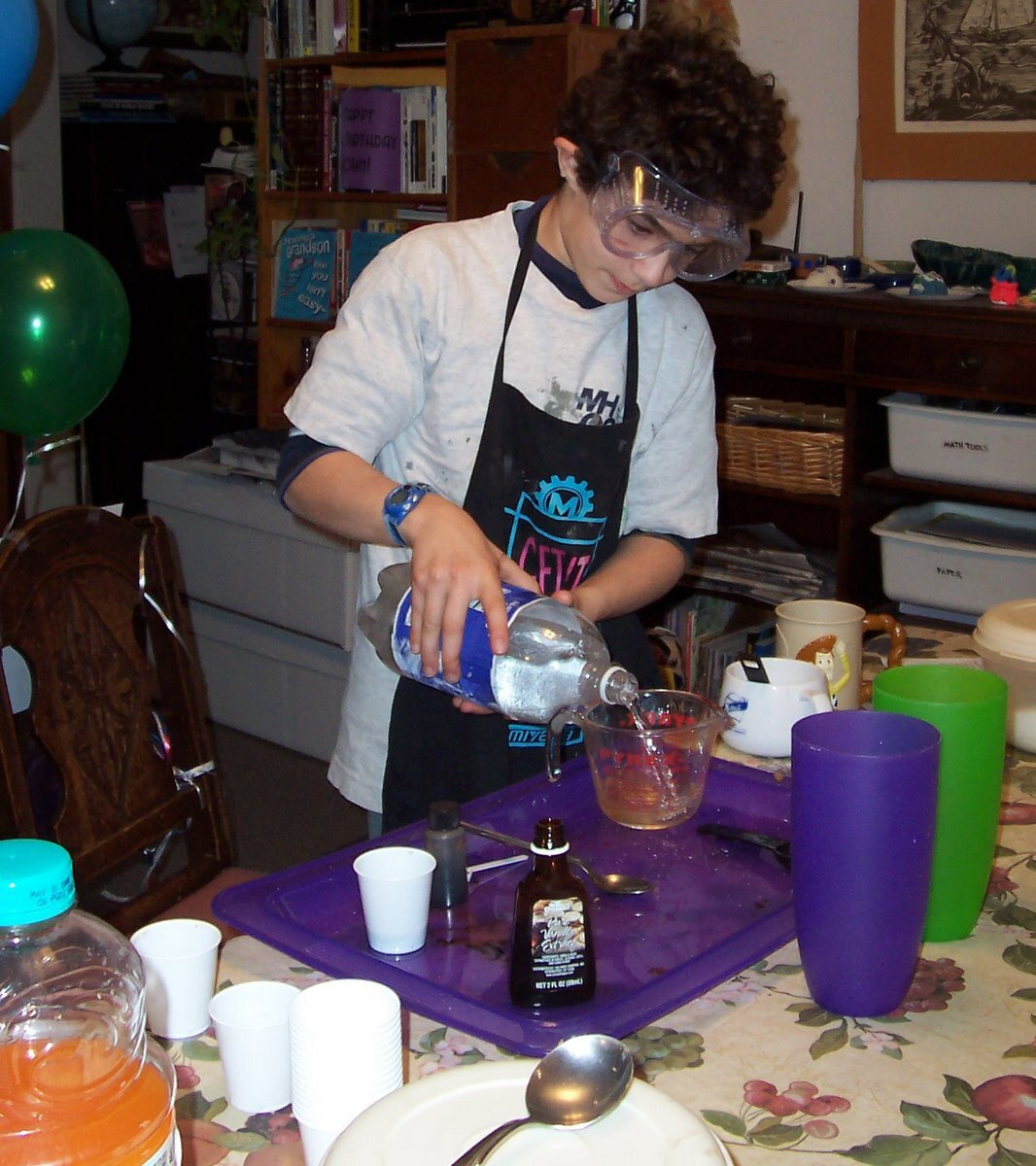Teaching your child to read can feel like an enormous challenge. But think about it: kids in the U.S. have been learning to read at home since colonial days. If pioneer families could teach their children to read by candlelight, you can do it too! Here are some tips to get you started:
Read to Your Kids
One of the most effective ways to introduce kids to reading is simply to sit and read to them. And let them sit where they can see the page as you read. It's not unusual for kids who have been following along as you read their favorite books to start recognizing sight words on their own.
Keep it Interesting
Make it enjoyable for all of you by finding material that interests you AND them. There are plenty of high-quality picture books at your local library or bookshop or available for your e-reader.
But you don't have to stick to beginner's books. As reading advocate Jim Trelease has pointed out, young kids can understand much more advanced material than they would be able to read for themselves. At our house, my youngest was able to follow along with the Harry Potter series when he was only six. Just make sure the titles you choose are not too intense for the maturity level of your kids.
Help Them "Break the Code"
For kids, the key to reading on their own is being able to figure out how letters come together to form words. So exposing your kids to the alphabet and the sounds letters make is a necessary part of learning to read.
You can use a phonics curriculum or flashcards, but there are other choices as well. Young kids often learn through touch, so letter-shaped puzzle pieces and alphabet blocks are great starters. And I can thank Sesame Street for teaching my older child to read while I was busy with the new baby.
Of course, reading is about meaning and getting the message, not just getting the words right. So along with sounding out the letters, remind your child to keep checking back with the sentence and the story as a whole, to make sure that the word they are trying to figure out makes sense in context.
Special Note: Don't worry if your child isn't an early reader! While it may be nice for a child to learn to read at three or four, studies have found that there's no long-lasting advantage.
Resources to Help Kids Read
There are plenty of reading instruction books and programs that provide guidance – but you can do just fine without them. Try some of these resources:
Word books: These are books that label everyday things, letting the illustrations tell the “story.” Back when my kids were little, we loved paging through Richard Scarry’s word books, featuring Lowly Worm, Huckle Cat, and people in their town going about their jobs and activities.
Storybook apps: If you can find them, animated storybooks highlight each word as you hear it read. They not only keep a young child's attention, they're also great for helping the brain make the connection between the written word and the sound. Scholastic has some recommendations for reading and book apps.
Easy reader books: These books have limited vocabularies and large type to help kids start to read on their own. They come in different levels, some with just a few words per page, and others with full-fledged stories. They include classics like anything by Dr. Seuss, and the Frog and Toad series by Arnold Lobel. There are also great easy-to-read books on nonfiction topics, like Robert Ballard's Finding the Titanic. Librarian/blogger Betsy Bird mentions a few new titles.
Graphic novels: Books with a comic-book format are still books! Kids will happily sit and “practice” if the material is engaging. Popular graphic novel books for young readers include the Dav Pilkey’s DogMan and Babymouse.













